
When asked about what he plans to do when he takes office, President Trump’s two priorities were to close the border with Mexico and “Drill, Baby, Drill!” The latter was a reference to a return to an energy self-sufficiency policy, which had been achieved during his previous term in the White House.
The International Energy Agency has cited a number of ways that lower energy prices has a domino effect of lowering the price of goods and services.
- Energy self-sufficiency cuts reliance on energy imports.
- Lower international US demand effectively lowers world oil prices and prevents OPEC from manipulating the market.
- Lower energy costs lower the cost of doing business, from electric and fuel requirements in the workplace, to manufacturing costs for materials and a panoply of other areas.
- The subsequent production savings is passed along to consumers, effectively lowering the price of goods and services, thus reversing inflation, not just reducing it.
The Unquenchable Energy Thirst of A.I.

The explosive gains made by the “Magnificent 7” stocks over the past few years is largely due to their respective involvement in Artificial Intelligence. Already a part of search engines and used for all types of design and data reports, AI’s spread to manufacturing and a wide range of other industries is being adopted at an astonishing rate. However, the exponential rise of data centers required to handle AI comes with a commensurately larger rise in clean and reliable power source needs. The unreliability of solar and wind power has shown the need for increased oil and gas.
President Trump’s energy policies are certainly one of the reasons for his election victory. The energy industry had already begun to experience a resurgence, and the incoming administration’s goal to once again attain US energy self-sufficiency is like throwing kerosene on a bonfire. Companies in the drilling, refining, and midstream distribution sectors are all rising in price, and analysts anticipate the trend to continue for the foreseeable future.
Chevron Corporation
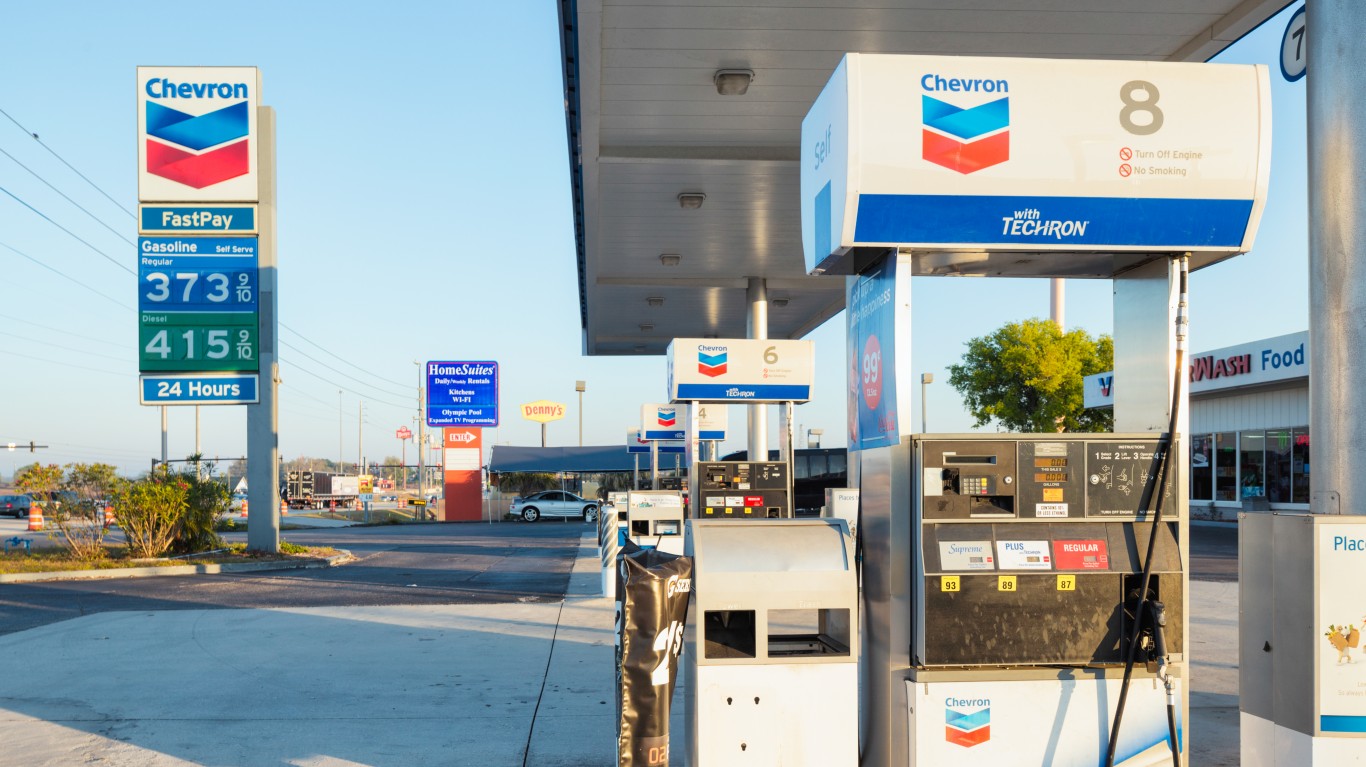
Chevron Corporation (NYSE: CVX) is the second largest US oil company by market cap. At the time of this writing, the CVX market cap is at $290 billion.
Chevron is one of the largest producers of Permian Basin crude, which is extracted through fracking. Derived from shale, this oil has an average cost of $50 per barrel, which is giving Chevron close to a 50% markup at current market prices. Additionally, Chevron pays zero royalties, so gross and net profits are essentially the same. Permian shale oil on a whole is expected to dramatically increase production going into the latter part of 2024, according to the EIA.
Additionally, Chevron has diversified its energy menu, acquiring Renewable Energy Group for its biofuels facilities, and its billions in Liquified Natural Gas (LNG) investments in Angola and other countries are now beginning to reap benefits, especially with supplying Europe, which was the primary customer for Russian gas prior to the Ukraine war.
The FTC cleared the pending Chevron-Hess merger for potential antitrust issues in late September, so the $53 billion deal is now scheduled for a May 2025 close.
Occidental Petroleum
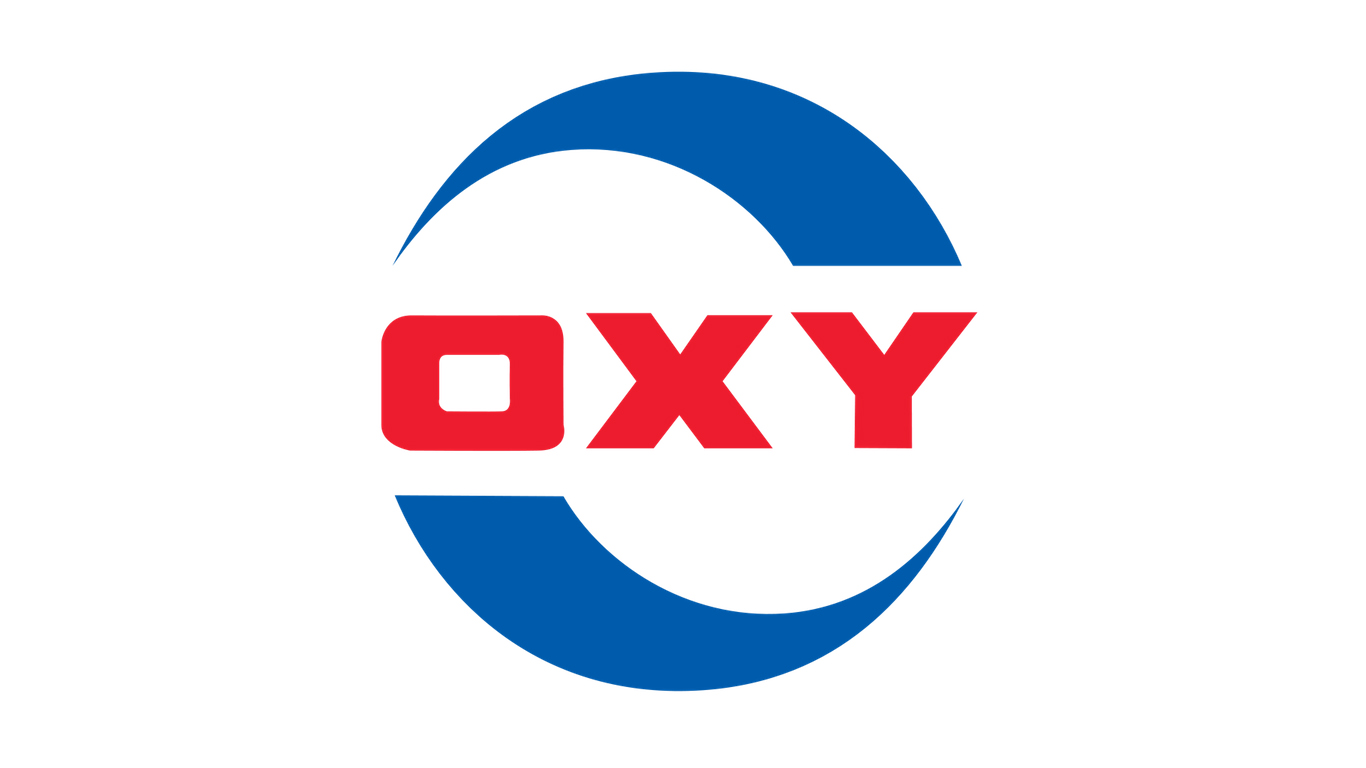
While its exploration activities are primarily relegated solely to the Permian Basin and the Middle East, Occidental Petroleum’s (NYSE: OXY) acquisition of Anadarko Petroleum in 2019. certainly been a contributor to its operations. Unsurprisingly, the deal was financed with support from Berkshire Hathaway’s Warren Buffett, who has since increased his stake in the company. To date, Berkshire owns 27.5% of Occidental Petroleum, and holds warrants for 80 million more shares at $62.50 per share. The stock was as high as $69 earlier this year in April, so climbing back up on the “Drill, Baby, Drill!” sentiment is not a stretch.
ExxonMobil
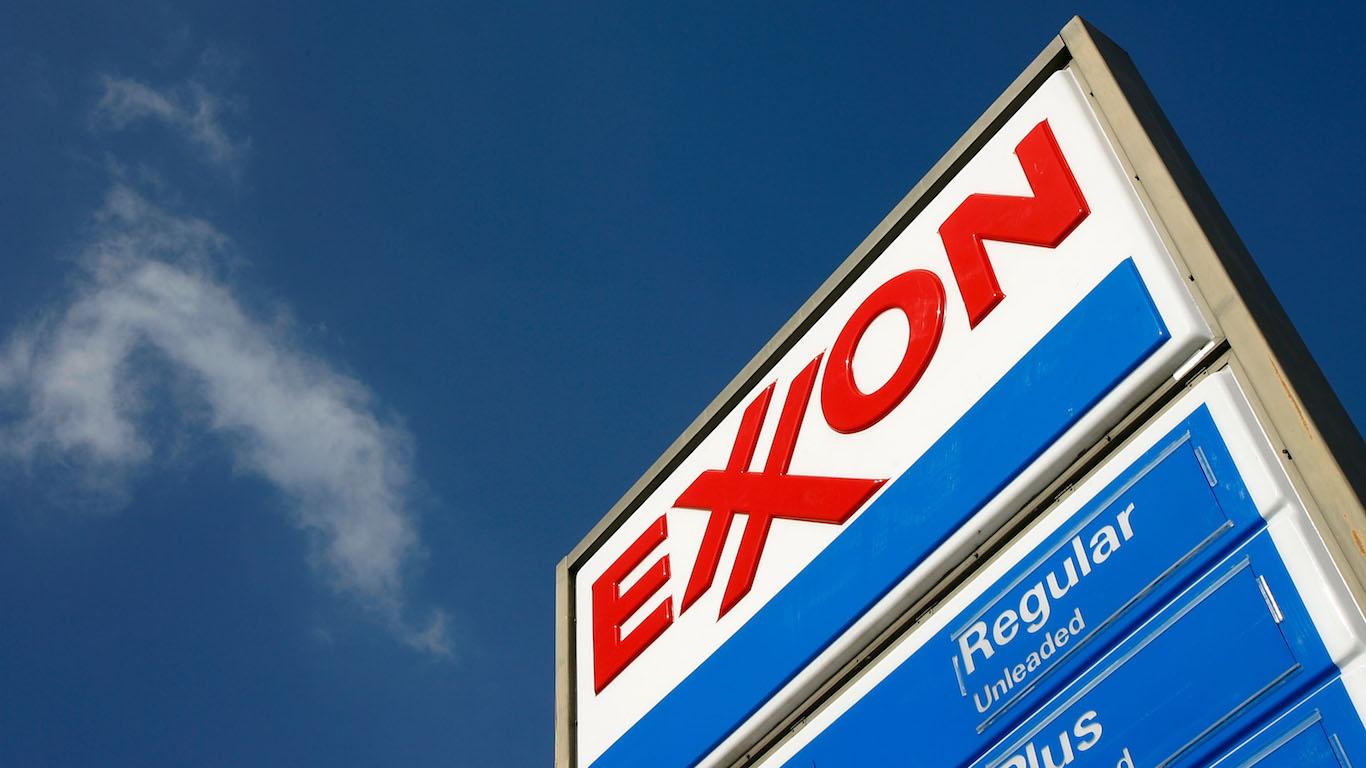
Second in global size only to Saudi Aramco, ExxonMobil (NYSE: XOM) is the largest US oil company. Its comprehensive global infrastructure encompasses the entire energy industry process, from exploration, drilling, refining, distribution, marketing, specialty chemical products, and even integration with green energy.
ExxonMobil’s ability to cut its costs while increasing production levels have helped it to achieve record earnings. Lower oil prices should not impact its bottom line in the future, thanks to this cost reduction capability.
Cottera Energy
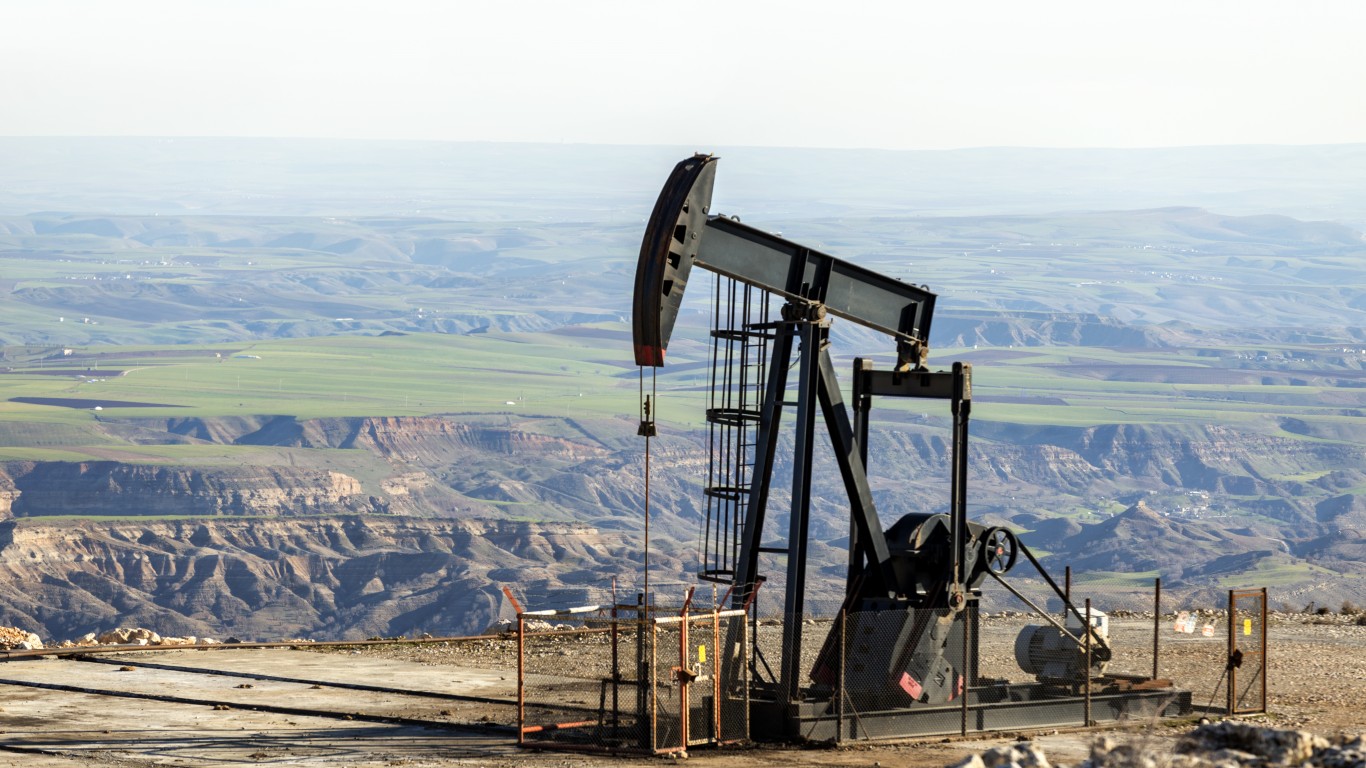
Headquartered in Houston, TX, Cottera Energy (NYSE: CTRA) is an exploration and drilling company focused in the Permian Basin, Marcellus Shale, and Anadarko Basin areas. The company produces both natural gas and oil from its roughly 2.8 million barrels of proven reserves.
EQT Corp.
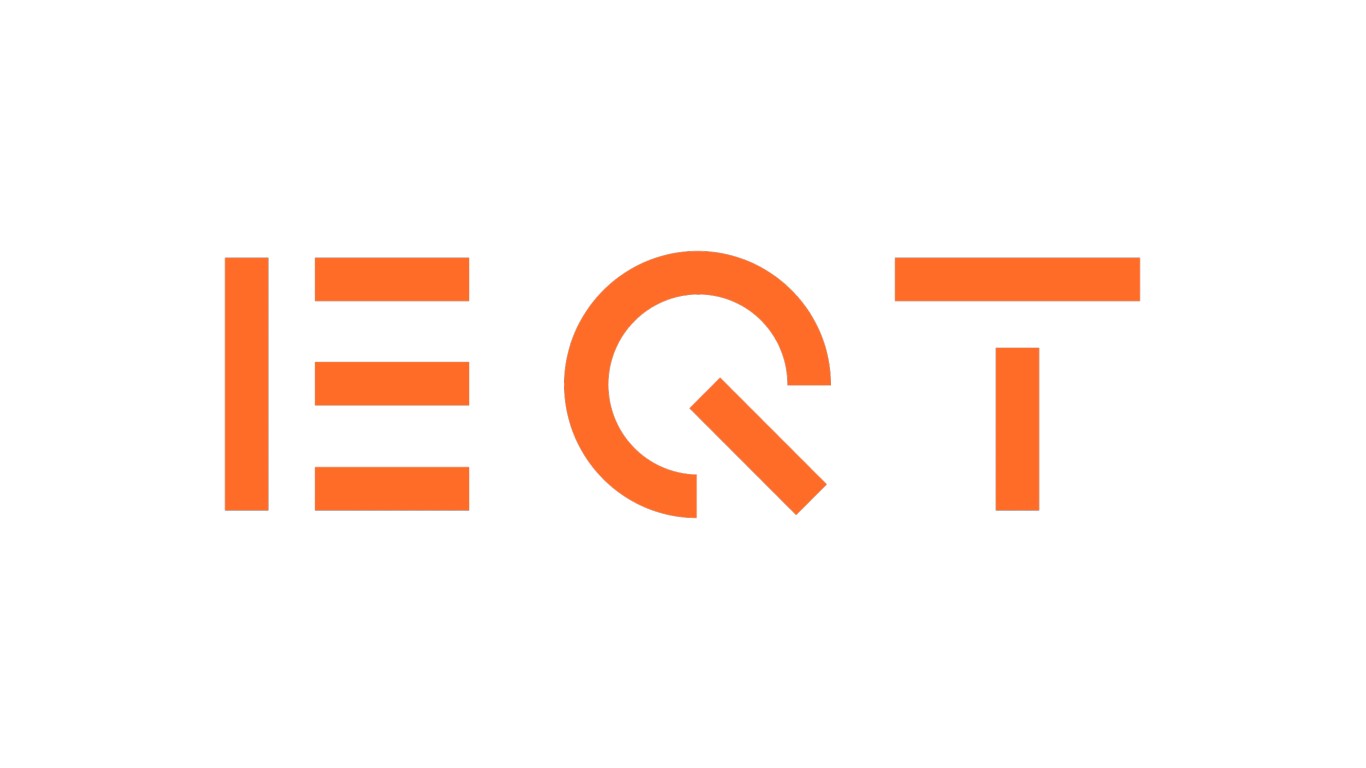
While companies like Chevron, ExxonMobil and Occidental are all best known for their work in the oil sector, Pittsburgh based EQT Corp (NYSE: EQT) is the 800 lb. gorilla of the US natural gas arena. The majority of its reserves come from the Appalachian Basin. EQT also owns EQT Midstream Partners, and recently formed a $3.5 billion joint venture with Blackstone for their Mountain Valley Pipeline and MVP Southgate projects in Pennsylvania.
Enterprise Products Partners LP
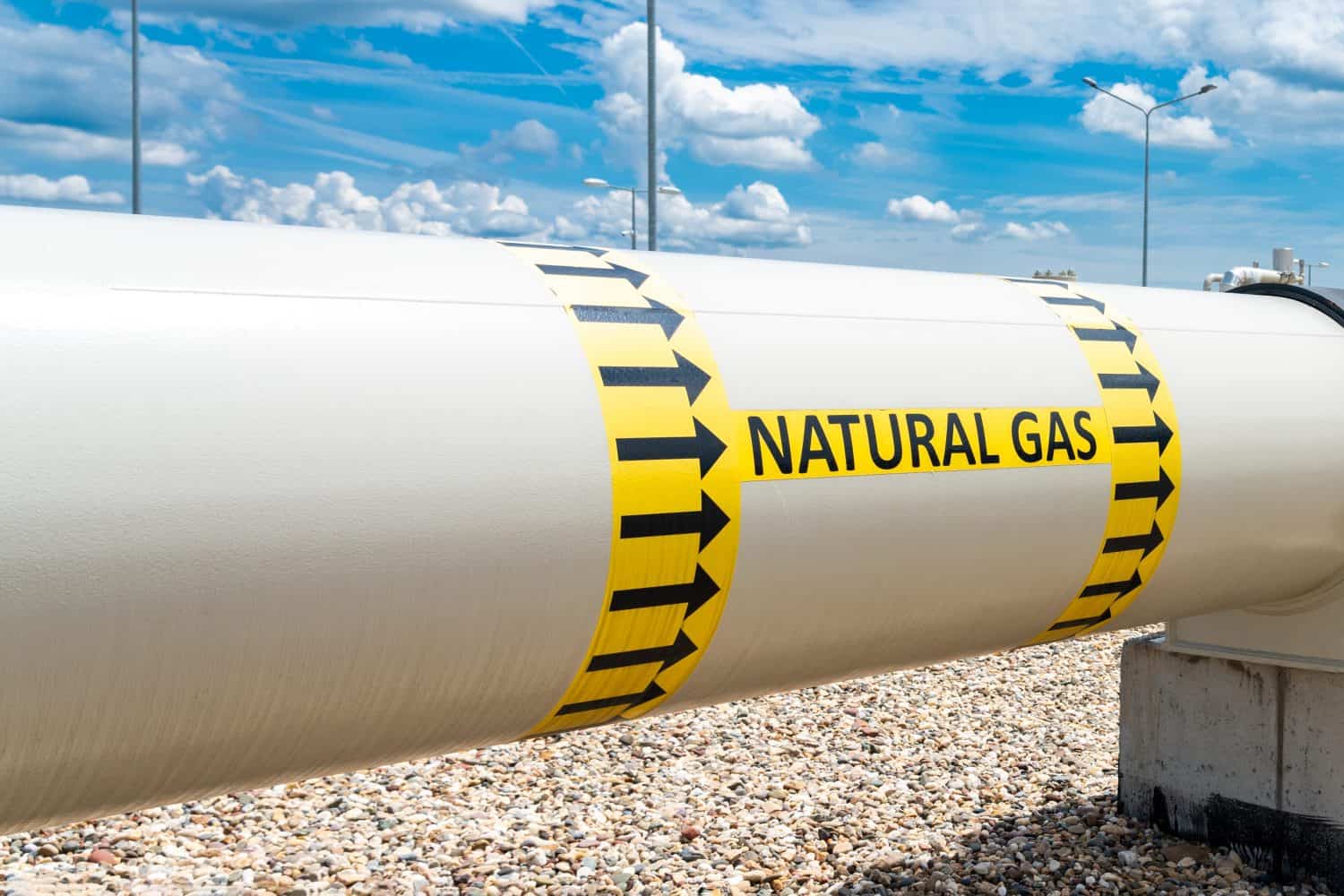
Enterprise Products Partners LP (NYSE: EPD) is one of the largest publicly traded Master Limited Partnerships in the US and has a 25 year track record of dividend increases, so dividend size may also have upside prospects for investors of record. Truist, Bank of America, Citibank and others all had Enterprise Products rates as a “buy” prior to the 2024 elections, so more “buy” ratings are starting to crop up in response to the Trump victory.
Houston, TX headquartered Enterprise Products Partners LP operates in CO, NM, LA, MS, WY, and TX. Founded in 1968, Enterprise has a 7% compound annual growth rate, which will likely get a boost in the future: the company has close to $7 billion worth of expansion projects currently under construction, so the company’s growth prospects are very bullish. These include a new fractionator scheduled to launch operations in 2025, three new NGL plants in 2025-2026, and a new propane and ethane export terminal in 2026.
Energy Transfer LP
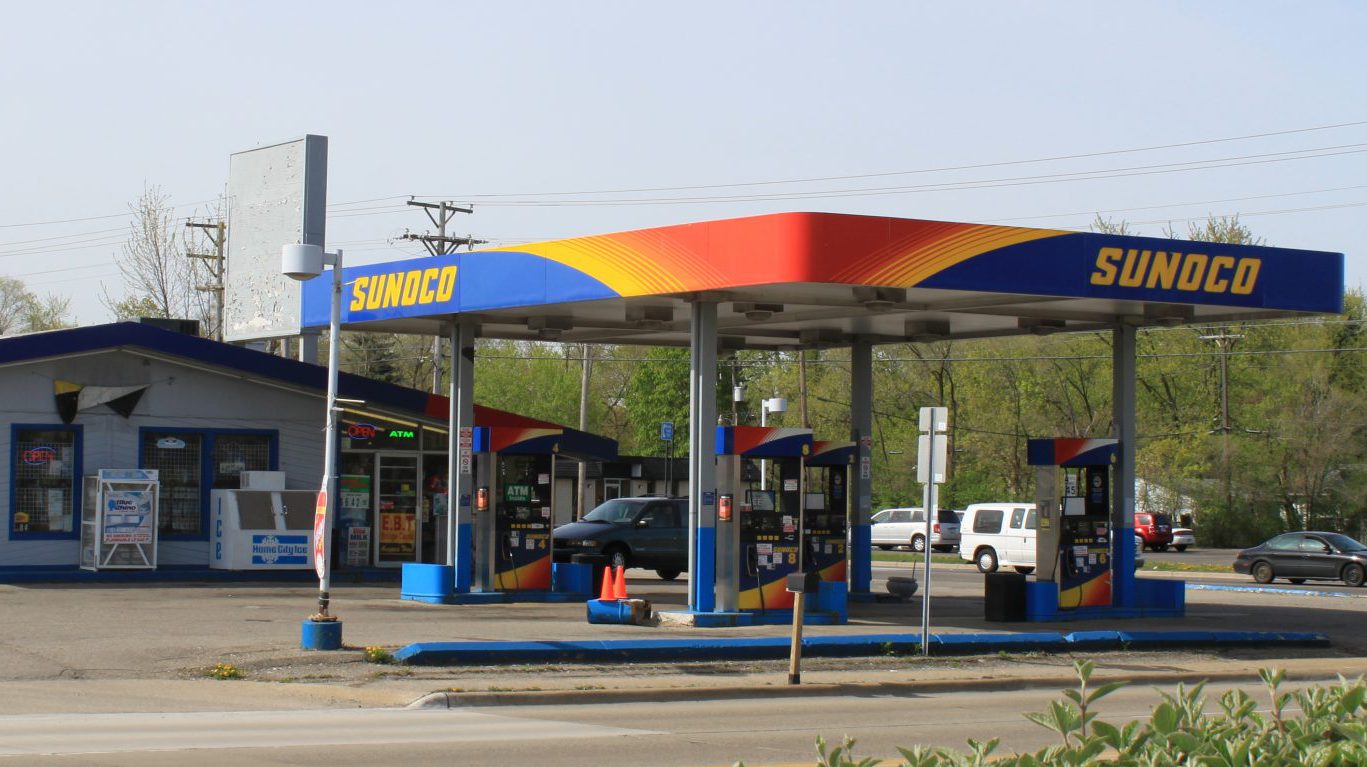
With over 125,000 miles of continental US infrastructure under its auspices, Dallas, Texas based Energy Transfer LP (NYSE: ET) has built a solid business for itself in the past 28 years by providing storage and transport of crude oil, natural gas, natural gas associated liquids (NGL), and refined products. At the start of 2024, Energy Transfer was the third largest US midstream company by market cap size. Its supply chain network spans Texas, New Mexico, West Virginia, Pennsylvania, Ohio, Oklahoma, Arkansas, Kansas, Montana, North Dakota, Wyoming, and Louisiana.
Energy Transfer is a Limited Partnership with several wholly owned divisions, and large institutional ownership stakes in to other publicly traded energy industry companies:
- Sunoco LP (NYSE: SUN) – 100% interest in incentive distribution rights and 21% interest in the general partnership.
- Sunoco Logistics Partners Operations LP – 100%
- USA Compression Partners (NYSE: USAC) – 39.4% general partnership interest.
- Lake Charles LNG – 100%
- LNG Export Project – 100%
An in-depth 24/7 Wall Street profile of Energy Transfer was published in July and is available here.
Enbridge, Inc.
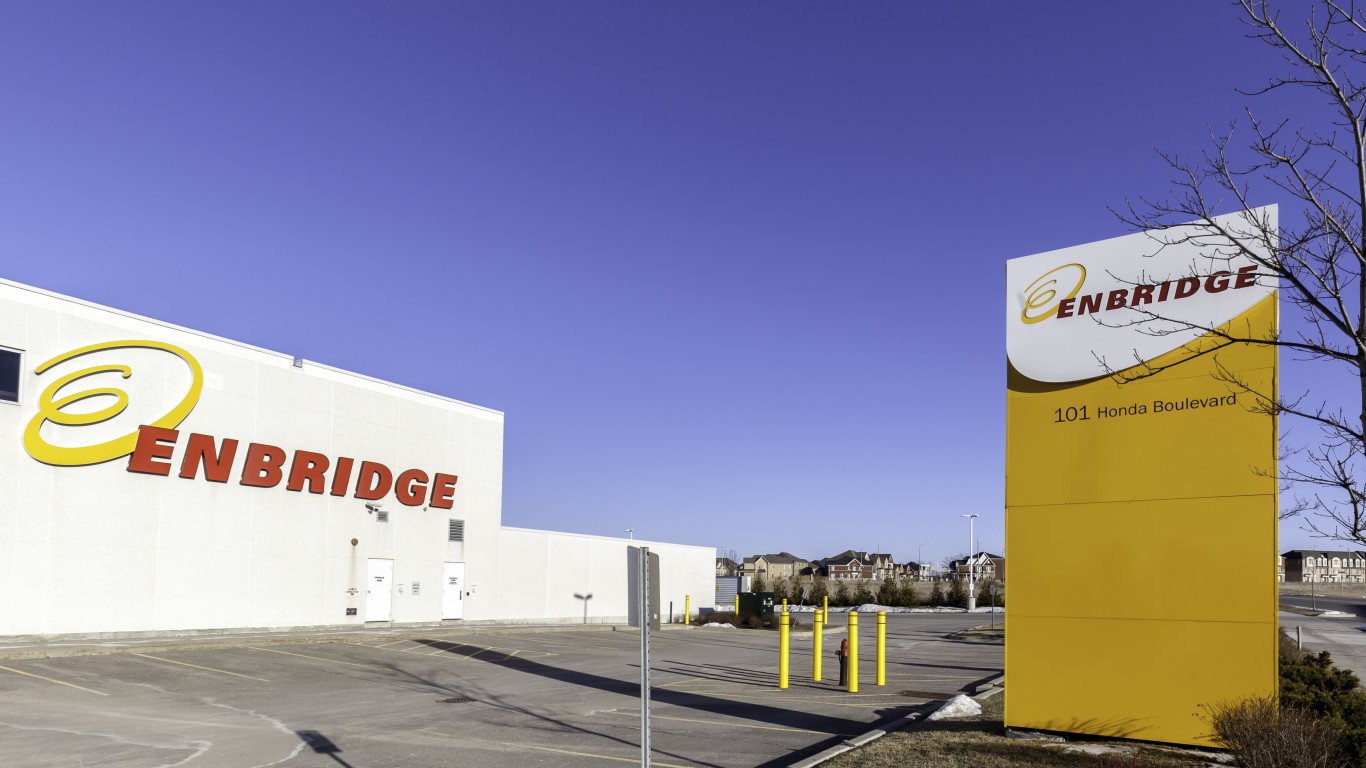
Founded in 1949, Enbridge, Inc. (NYSE: ENB) has a nearly 70 year dividend record, raising payouts for almost 30 years. Through its Mainline and Express pipelines, Enbridge transports 3 million barrels of crude daily. This allocation accounts for almost 63% of the Canadian crude oil production transported to the U.S. annually.
Headquartered in Calgary, Canada, Enbridge, Inc. is a midstream company energy infrastructure company with 5 separate divisions:
- Liquids Pipelines – Liquids Pipelines handles crude oil and liquid hydrocarbons transport and management of pipelines and terminals within Canada and the US.
- Gas Transmission and Midstream – This division invests in and manages natural gas pipelines and processing facilities.
- Gas Distribution and Storage – Tanker and delivery of natural gas utility operations throughout Ontario and Quebec to retail, commercial and industrial customers.
- Renewable Power – This is the Green power division in charge of North American solar, wind, geothermal, waste heat recovery, and transmission assets.
- Energy Services – This department provides logistics services and physical commodity marketing to energy producers, refiners, and other customers.
MPLX LP
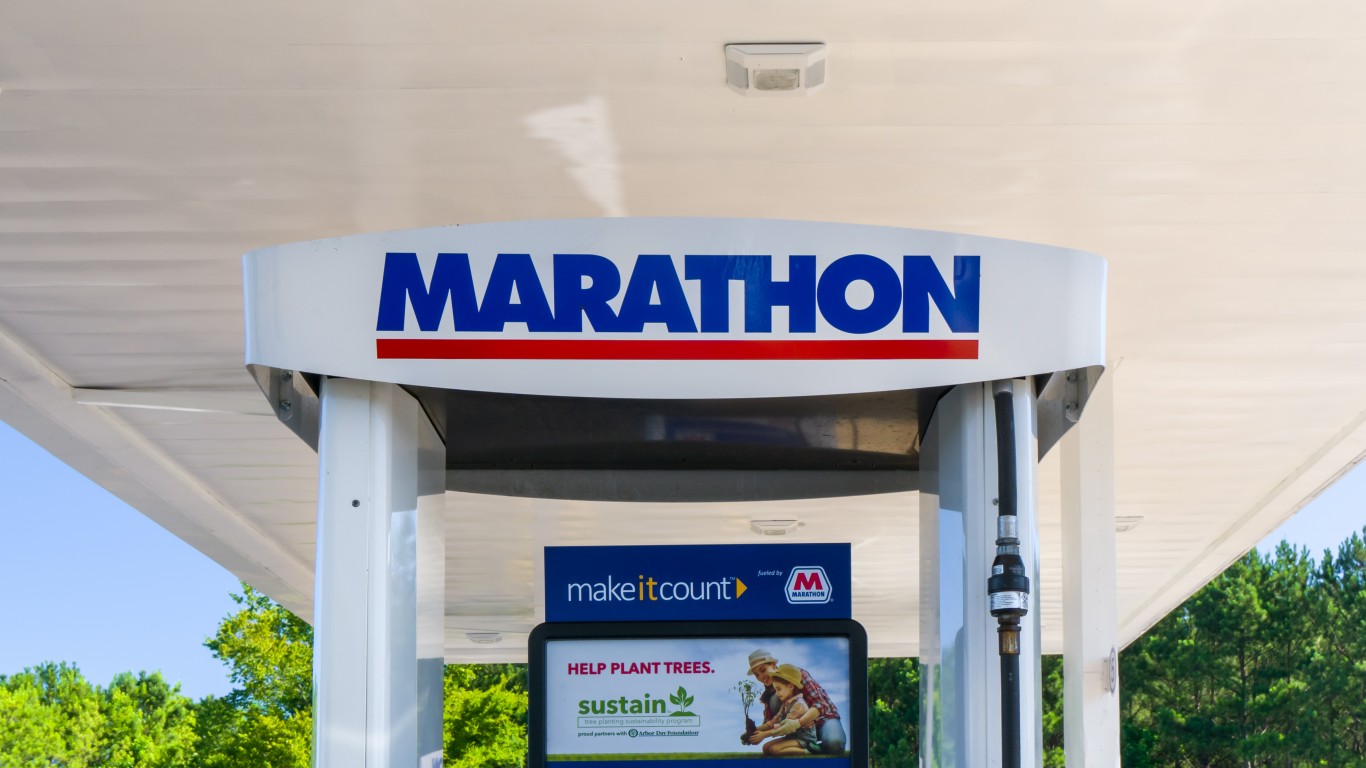
MPLX LP (NYSE: MPLX) is based in Findlay, OH. Incorporated in 2012, MPLX LP is a subsidiary of Marathon Oil (NYSE: MPC), which owns 64% of outstanding shares. There are two primary operations units, in addition to Marathon Oil’s Capline and Mark West pipeline networks.
Logistics and Storage handles transportation, distribution, storage and marketing of crude oil, refined products and other hydrocarbon-based products throughout the U.S. These assets consist of a network of wholly and jointly-owned common carrier crude oil and refined product pipelines, associated storage assets, refined product terminals, storage caverns, refinery integrated tank farm assets, rail and truck racks, a marine business, export terminals, and wholesale and fuels distribution businesses.
Gathering and Processing is dedicated to natural gas and separating various hydrocarbon components from it for different markets. The heavier and more valuable hydrocarbon components, which have been extracted as a mixed NGL stream, are then further separated into their component parts for end-use sale through the process of fractionation. MPLX sells basic Natural Gas Liquid (NGL) products, including ethane, propane, normal butane, isobutane and natural gasoline.
It’s Your Money, Your Future—Own It (sponsor)
Are you ahead, or behind on retirement? For families with more than $500,000 saved for retirement, finding a financial advisor who puts your interest first can be the difference, and today it’s easier than ever. SmartAsset’s free tool matches you with up to three fiduciary financial advisors who serve your area in minutes. Each advisor has been carefully vetted and must act in your best interests. Start your search now.
If you’ve saved and built a substantial nest egg for you and your family, don’t delay; get started right here and help your retirement dreams become a retirement reality.
Thank you for reading! Have some feedback for us?
Contact the 24/7 Wall St. editorial team.





